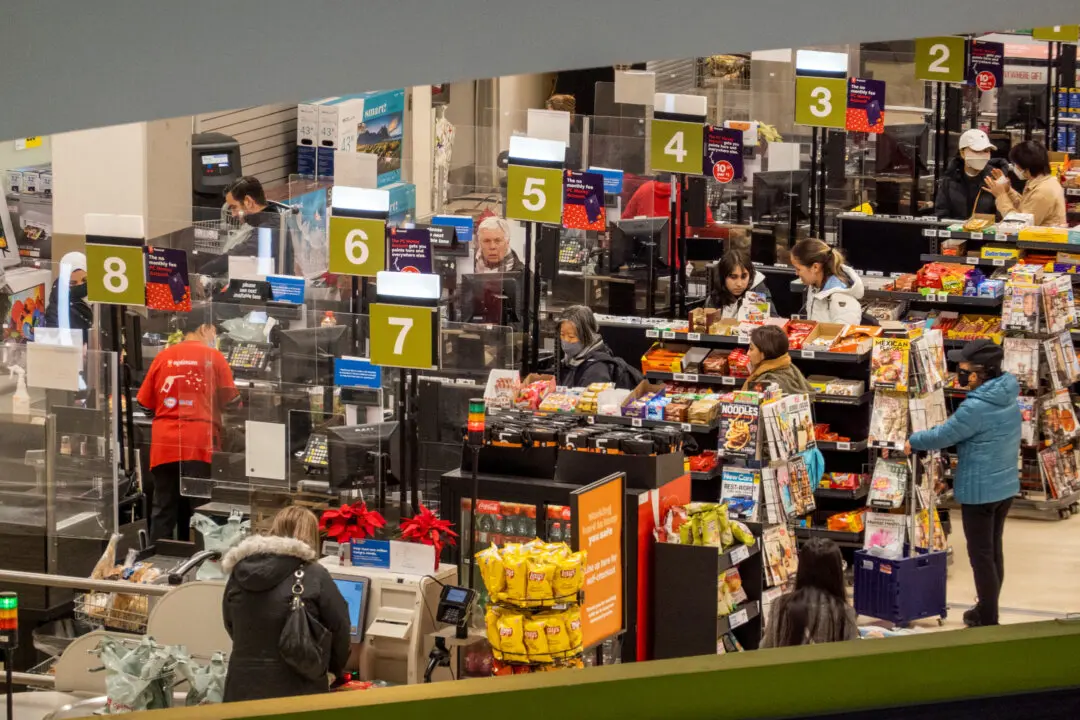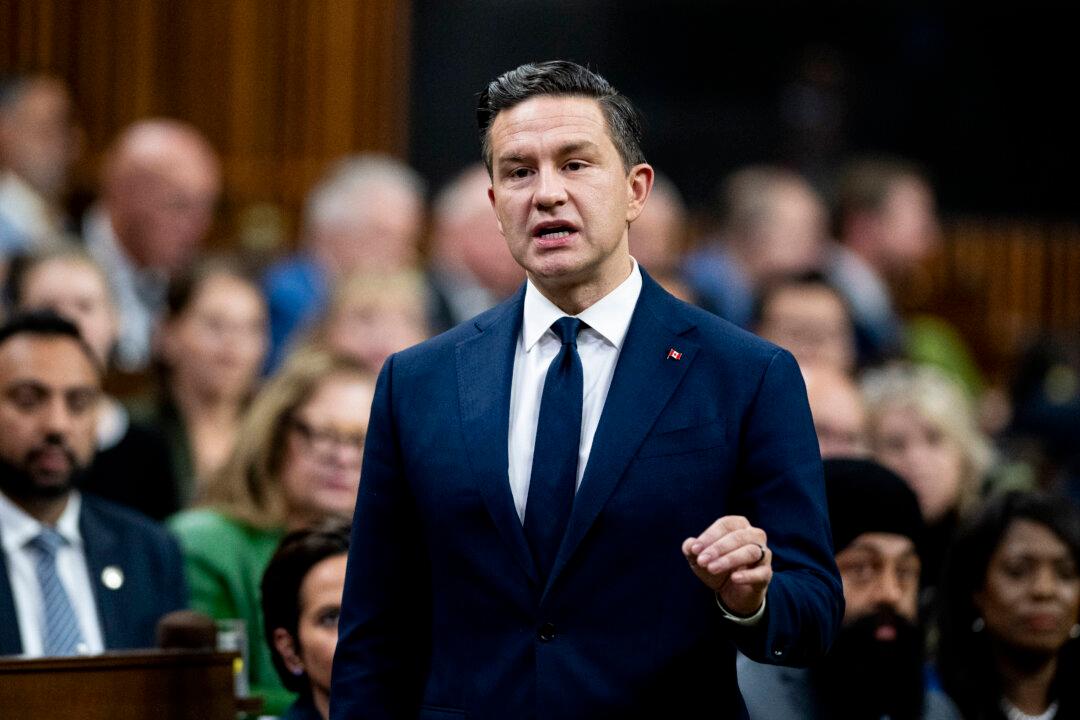The federal government has announced a $16 million investment in a Saskatchewan critical mineral facility to boost its processing capabilities for elements to help in production of electric vehicles and wind turbines.
Minister of Energy and Natural Resources Jonathan Wilkinson said on Aug. 14 that the funding for the rare earth processing facility, located in Saskatoon, will allow Canada to process critical minerals that are “the building blocks of clean energy.”





